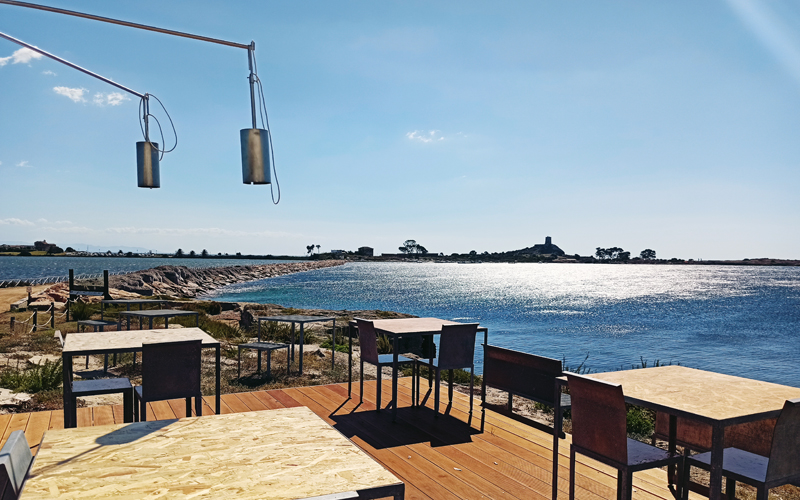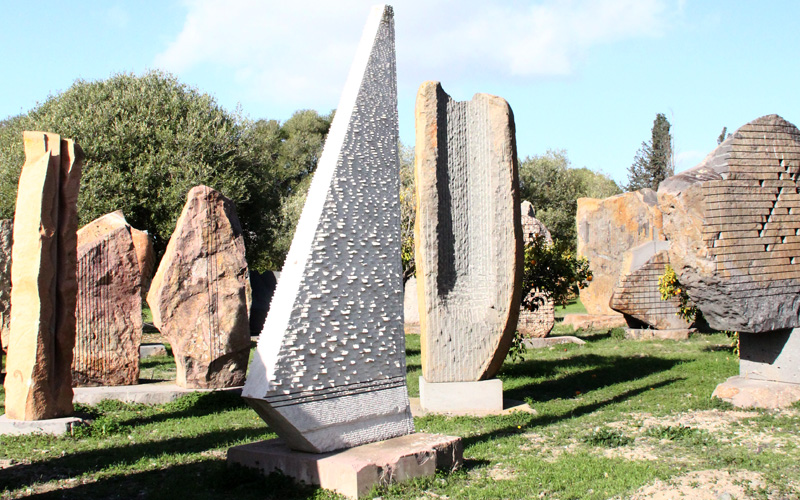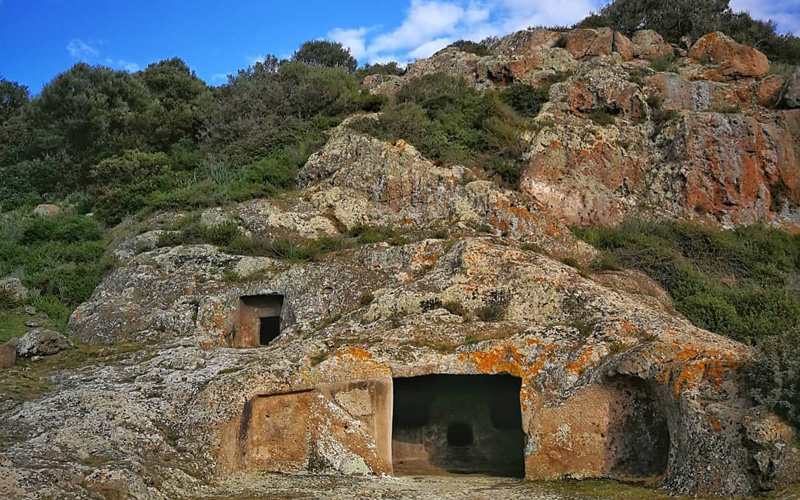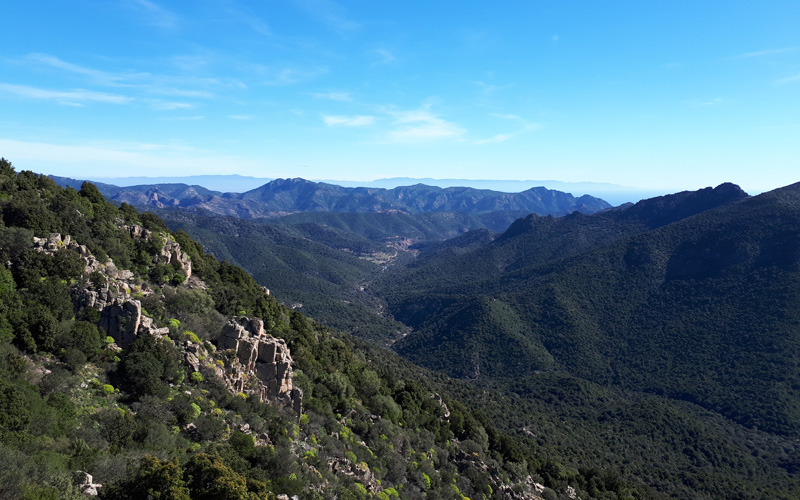The Bluefin tuna, “Thunnus thynnus”, is the prized species fished in our seas, particularly in the Carloforte and Portoscuso tonnaras, the only ones that still practice this particular fishing technique in Sardinia. The Bluefin tuna swims across the Atlantic Ocean but it is a Mediterranean species. During spring, in the period of reproduction, tuna’s flocks, enter into the Mediterranean sea following the cold water flows. They move from the Strait of Gibraltar keeping the coasts to their left. The flesh of “racing tuna” has a unique consistency: this peculiarity comes from the speed of its runs for the reproduction.
The nets have a strategic position, in fact tuna exchange them for a stretch of coast, so they follow the traps until they enter into the “antechamber”, as it is called in the jargon. The Rais, the “boss” of the tonnara, decides when it’s time to push the fish towards the “chamber of death” from which tuna will no longer be able to leave.
This custom occurred during the Spanish domination but its roots date back to the Phoenician period and was developed mostly in the south west cost of Sardinia. The term “mattanza” in fact derives from Spanish “matar”, to kill. The tuna fisheries were born in 1600, but developed in the 1800s with the process of packing fish in tin boxes. Recently, other fishing techniques have been introduced but the “fixed trap” remains the one considered most sustainable also by Greenpeace and other environmental associations, since the number of tuna caught is very low and selects only those with certain characteristics.
It’s true that the slaughter is bloody, it is not such a pleasant show, but the “Carlofortini”, the inhabitants of the S. Pietro’s island (small town about 90 km distance from Hotel Baia di Nora) quickly forget the ferocious aspect of this type of fishing through very smelling and tasty recipes. The traditional dishes often use it, to dress the Cassulli, a typical pasta of Genoese origin very similar to gnocchi, or it can be dried and put in salt and then used as a summer dish combined with fresh tomatoes and carlofortine biscuits.
In the Tabarkina cuisine tuna was well cooked before being consumed, but with the arrival of Japanese buyers and the spread of sushi, even the chefs had to adapt the preparation of the raw in the way much appreciated by tourists and locals.
Our creative chef Matteo, who loves a genuine and essential style, uses tuna medallions and after having blanched them with Piccadilly cherry tomatoes, grown in Pula, he serves them with a julienne of orange and lemons peel (citrus fruits from Muravera, in the south east coast of Sardinia), creating the right mix between sweetness and acidity.





